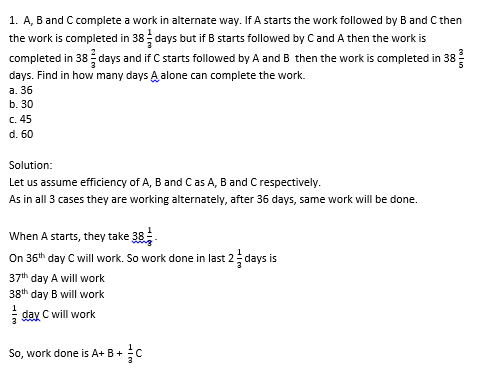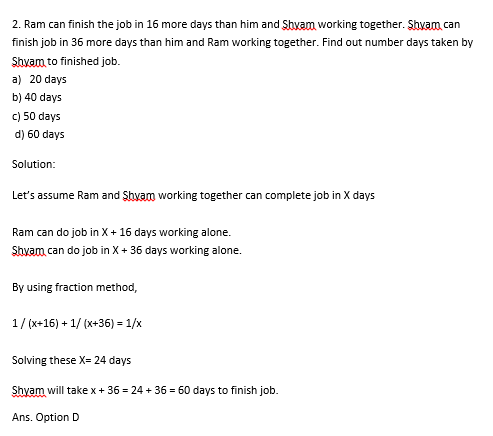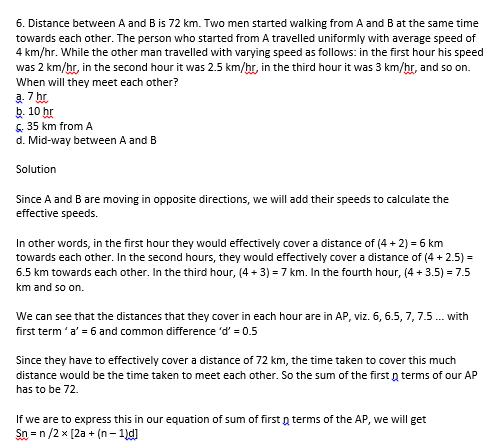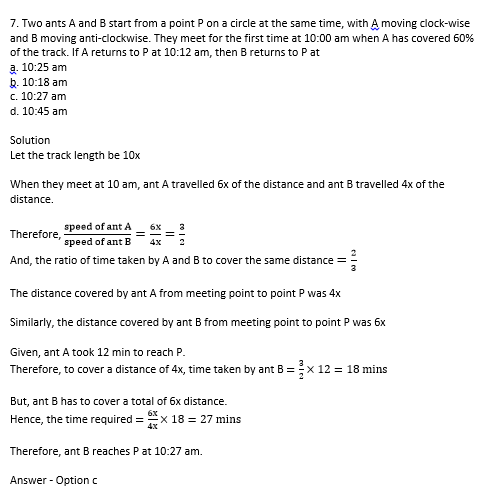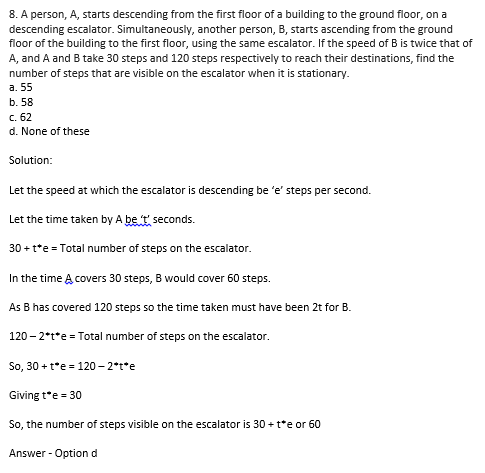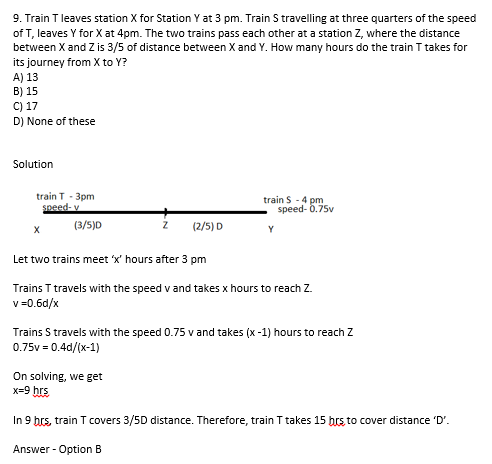The MAH MBA MMS CET
For many students (graduates or just about to graduate) and working professionals who wish to ascend the corporate ladder, an MBA is a dream that they wish to achieve. Now that CAT, SNAP, IIFT and XAT exams are over and if the candidates are not sure of getting a top MBA college based on their performance in these exams, they can still give it another try through MAH MBA MMS CET. For an admission to the Maharashtra colleges, taking the MAH MBA MMS CET Exam is required. MAH CET scores are accepted by some of the top MBA colleges including JBIMS, SIMSREE, Welingkar’s and PUMBA. So, do not miss MAH CET 2021, registration for which will begin soon.
MAH MBA MMS CET 2021
- Total questions will be 200.
- Total time provided is 2 hours 30 minutes (150 Minutes). No sectional time limit.
- 75 questions in Analytical Reasoning, 50 questions in Quantitative Aptitude, 50 in Verbal Ability, 25 in Abstract Reasoning.
- Marks per correct answer is 1.
- No Negative marking
Preparation tips:
Verbal Ability:
- The section is usually of easy to moderate difficulty.
- Vocabulary can be approached through etymology – understanding root meanings.
- Study topics of Grammar individually to have clarity of concept and their application. Practice sample questions after completing a topic to know how well you’ve understood the topic.
- Probable starters and Fill in sentences: these are fairly new type of questions so we recommend you to go through at least 30 questions of each type to get used to them.
- Cloze Test: One paragraph with blanks (5-10). These questions are easy and help you improve your performance. If you are confused between two options, then move on to the next question, answer it and come back to the question where you are confused. You will now have a better idea about the accurate choice.
- Use material provided by TIME to enhance your vocabulary and grammatical abilities.
- Apply the rule of elimination in fill in the blanks, cloze test, spot the error, etc. The VARC section of MAH CET MBA exam can be handled well with elimination rule by getting five options down to 50-50 choice. Again, trust your instinct for choosing between the two options.
- Don’t waste too much time per question. 30-35 minutes is ideally recommended for this section.
- To perform well in VARC, reading is of utmost importance. No matter the tricks and tips you learn, the only way you can solve questions correctly is by understanding them. Devote one hour each day to reading. Regularly read the articles, editorials in the English newspaper to improve your RC skills.
- In case of data driven RC passage, note down important points while reading it. In case of abstract passage, break it down and read it in parts.
- Reading on the computer will be beneficial in improving one’s reading and comprehending speed for the online exam.
- Note down unfamiliar words, phrases and idioms you come across while reading to check their meaning, context and usage.
- Maintain an accuracy of 80 percent in the section.
- Solving sample papers and attempting mocks will strengthen your grasp on this section.
We hope these inputs help you prepare for the VA section in CET exam. “A dream does not become reality through magic; it takes Sweat, Determination and Hard work.” All the best!!!
This article has been authored by Aniket Karane, a Verbal faculty member at TIME Mumbai.

